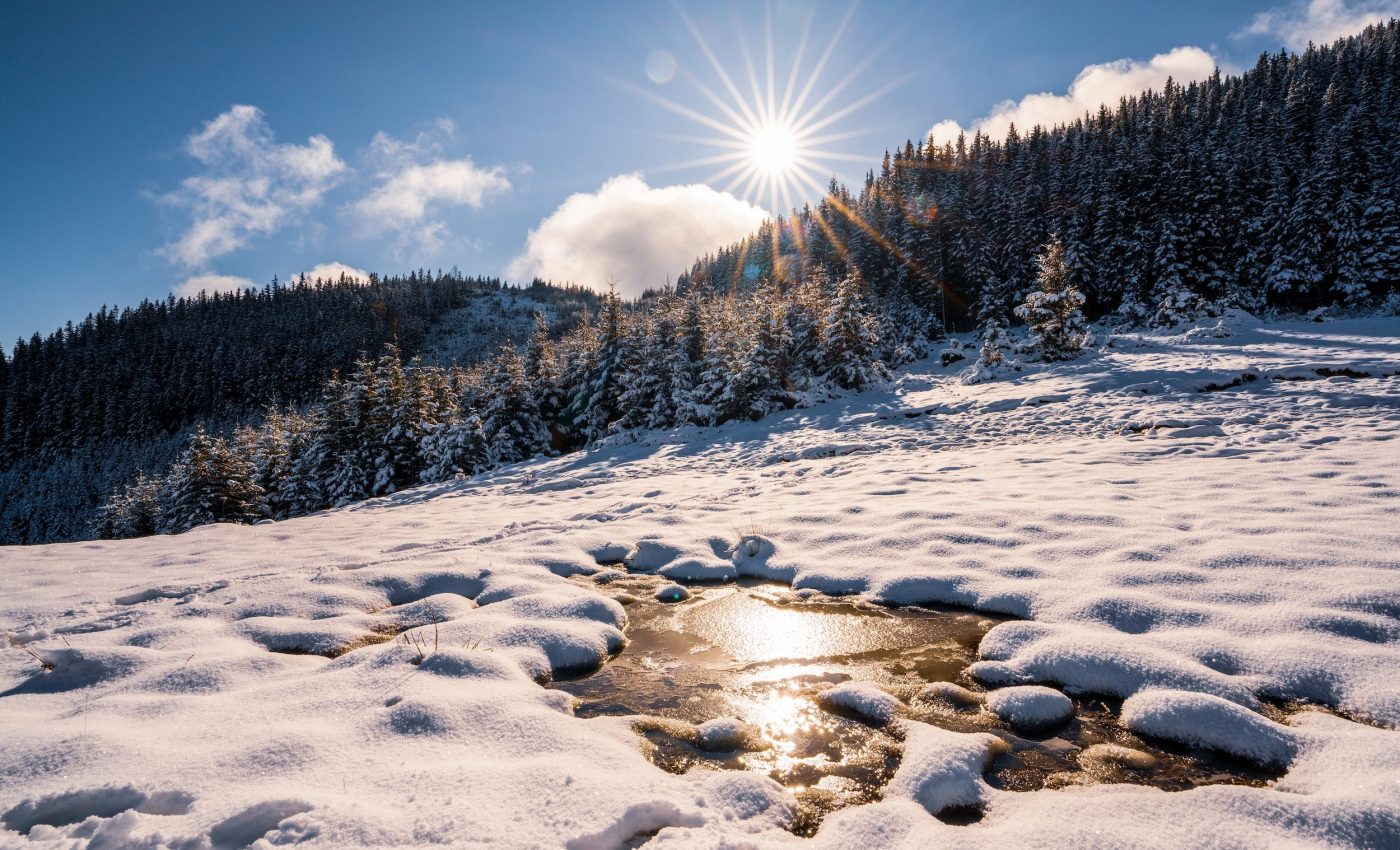
Snow droughts could quadruple by 2100, harming water supplies
Ski slopes and winter wonderlands are changing faster than many expected. Researchers have been noticing a shift in global snow patterns for decades, but recent analyses point to a worrying surge in low-snow conditions, known as snow droughts.
Scientists warn that these seasonal shortfalls could hold big implications for drinking water supplies and irrigation.
They also highlight how temperature patterns can change precipitation into rain instead of snow when the air is warmer. This research was led by Li Zhi from the Xinjiang Institute of Ecology and Geography of the Chinese Academy of Sciences.
A growing threat to water supplies
A snow drought happens when snowpack is abnormally low for the season. It may be “dry” due to lower winter precipitation or “warm” because temperatures prevent snowfall or speed up melting.
Warm and dry conditions can blend, forming dry-warm compound events that create serious trouble for farming, hydroelectric power, and drinking water supplies.
How snow droughts form
Greenhouse gases raise air temperatures and affect storm tracks across many latitudes. This causes more precipitation to fall as rain instead of snow, which lowers snowpack levels and speeds up snowmelt.
Some research indicates that global warming is already shifting snow seasons earlier, leaving many mid- and high-latitude regions with shorter, patchier periods of snow.
Future snow drought predictions by 2100
“By 2100, snow drought frequency could triple under the intermediate SSP2-4.5 scenario and quadruple under the high-emission SSP5-8.5 scenario,” said Li Zhi.
Other work reveals that warm snow droughts could become the dominant form in future decades, outpacing dry cases in many regions.
Regional impacts and risks
Mid-latitude areas, including certain parts of North America and Eurasia, appear to be at greater risk for heavier impacts. Past modeling experiments suggest that some mountainous regions in the western U.S. might see a snow drought frequency increase from 6.6% to 42% under higher emissions.
These changes may upset local agriculture, since winter snowpack often acts as a natural reservoir that gradually releases water in spring and early summer. Less snow means less water stored for crops and hydroelectric needs.
How snow droughts threaten power and food
Snow isn’t just about scenery – it’s a critical water source for hydropower. When snowpack shrinks, it can slash electricity generation in mountain-fed regions like the Pacific Northwest and parts of Asia.
Less snow also creates big problems for irrigation. Crops that depend on steady spring runoff, like rice, wheat, and orchard fruits, may suffer from reduced yields or failed harvests in drought-prone years.
Why snow droughts are hard to spot
Snow droughts don’t always get noticed right away. Unlike rain shortages, the effects of missing snow may take months to show up.
Water supplies might look normal in winter, only to fall short by late spring or summer when snowmelt usually kicks in. That lag makes it harder for cities and farmers to react in time.
Water security risks linked to snow droughts
A warming climate is changing how much snow accumulates and when it melts. Cities and farms downstream of major mountain ranges could see water shortages or they must scramble to update water storage infrastructure.
Increased variability also challenges flood management. If more precipitation arrives as rain, rivers might swell quickly in winter months, prompting new concerns over dam operations and reservoir capacity.
Looking ahead
Experts stress the importance of refining climate models to better understand the timing and intensity of these droughts. Accurate forecasting can help decision-makers plan efficient strategies for storing water and preventing supply shocks.
Many research groups suggest a broad approach that includes water conservation, improved snowpack monitoring, and flexible infrastructure. These measures may help communities adapt to the growing possibility of more frequent snow droughts, including warm and dry-warm compound events.
The study is published in Geophysical Research Letters.
—–
Like what you read? Subscribe to our newsletter for engaging articles, exclusive content, and the latest updates.
Check us out on EarthSnap, a free app brought to you by Eric Ralls and Earth.com.
—–













